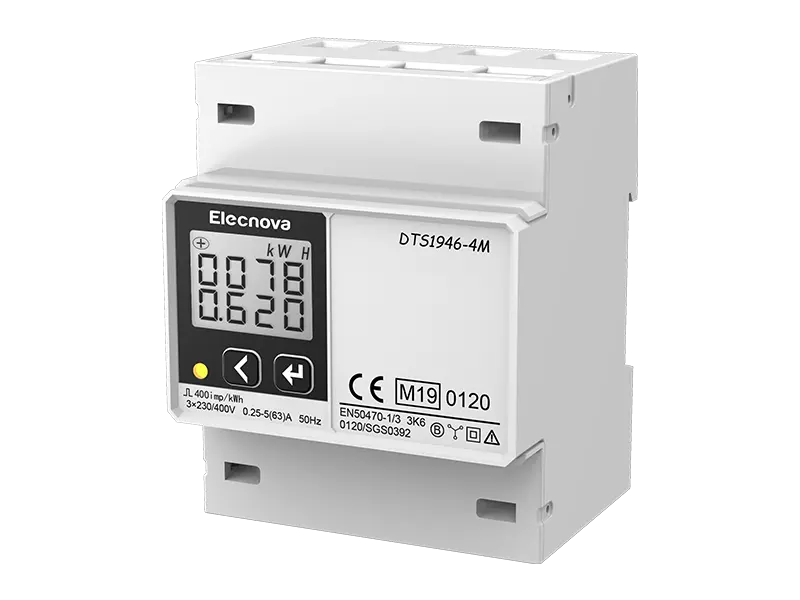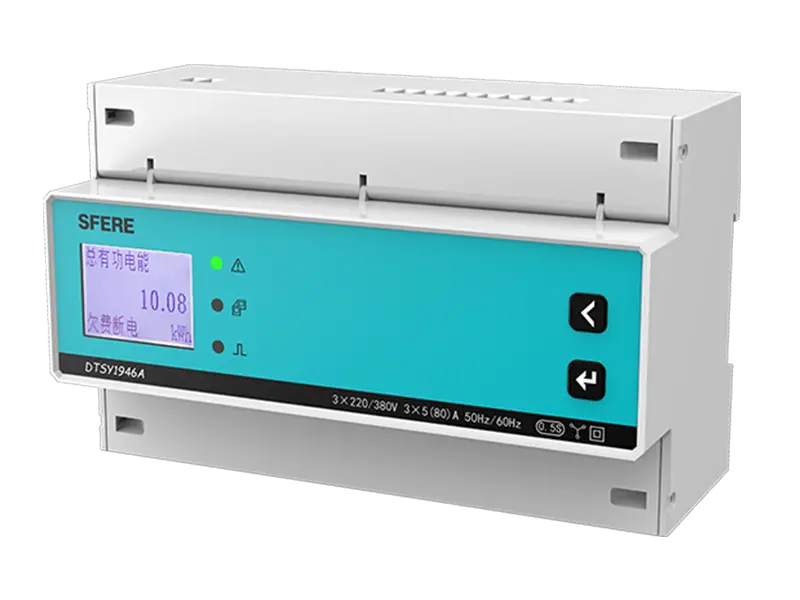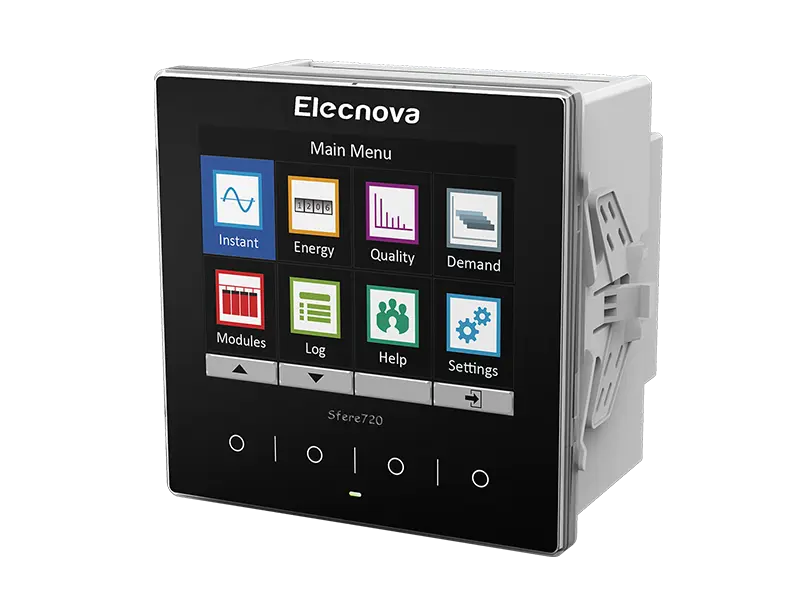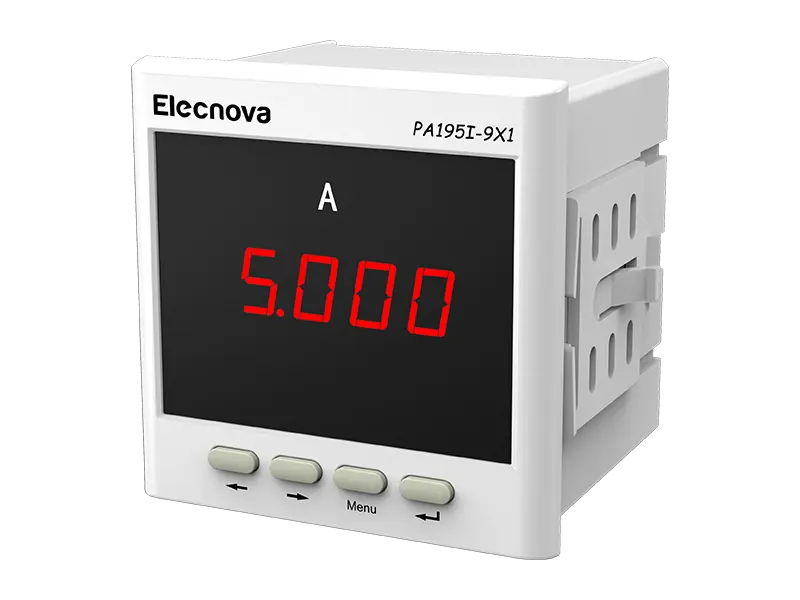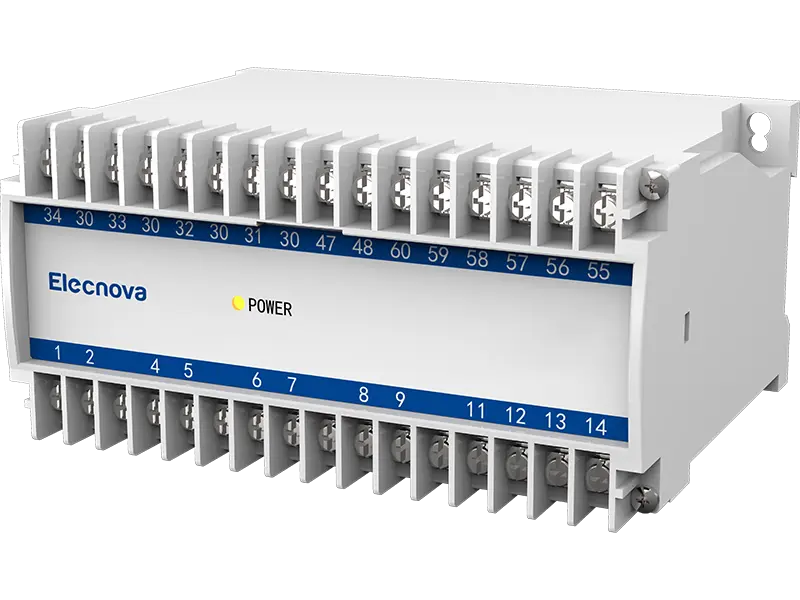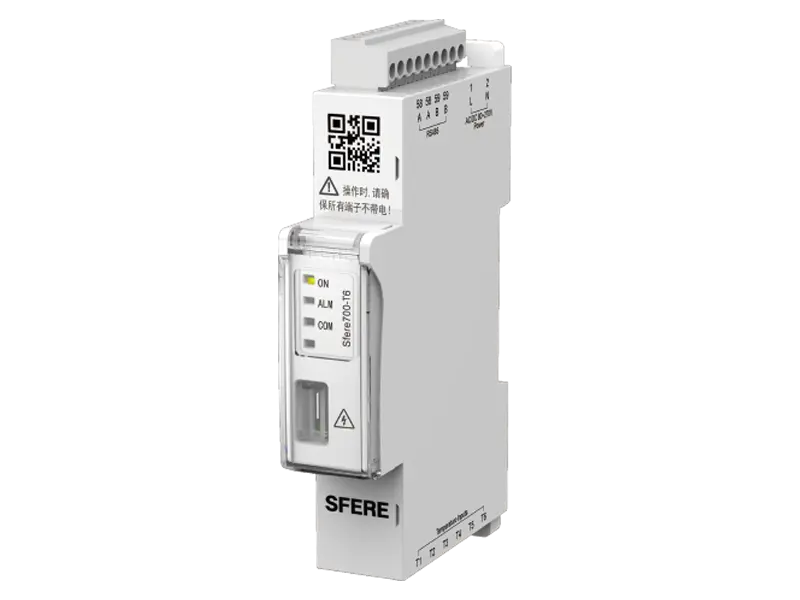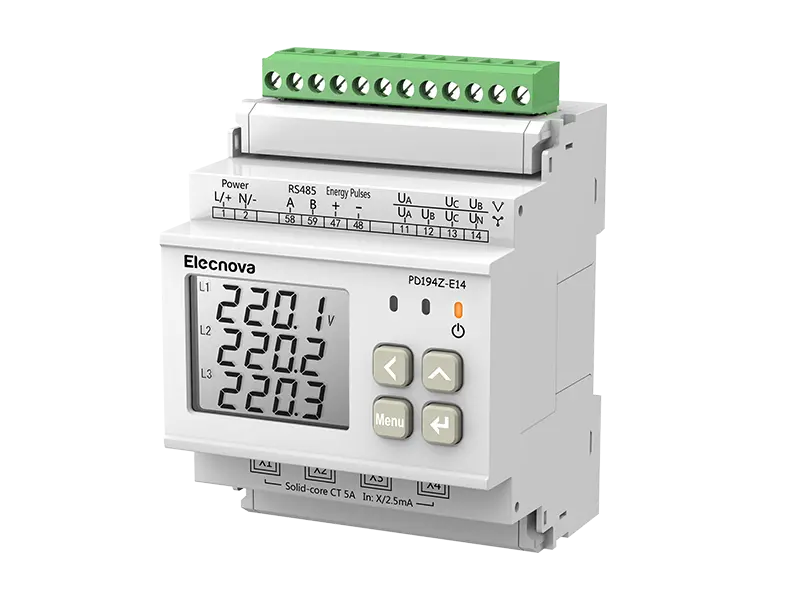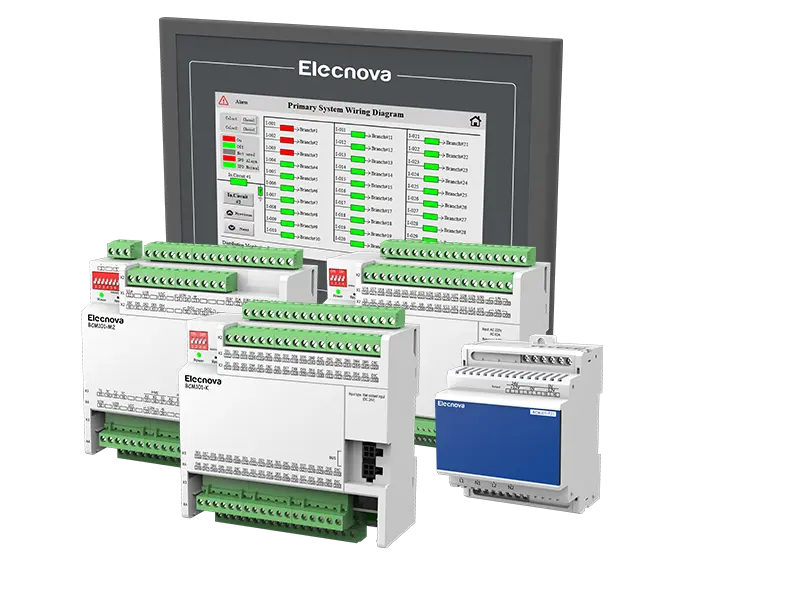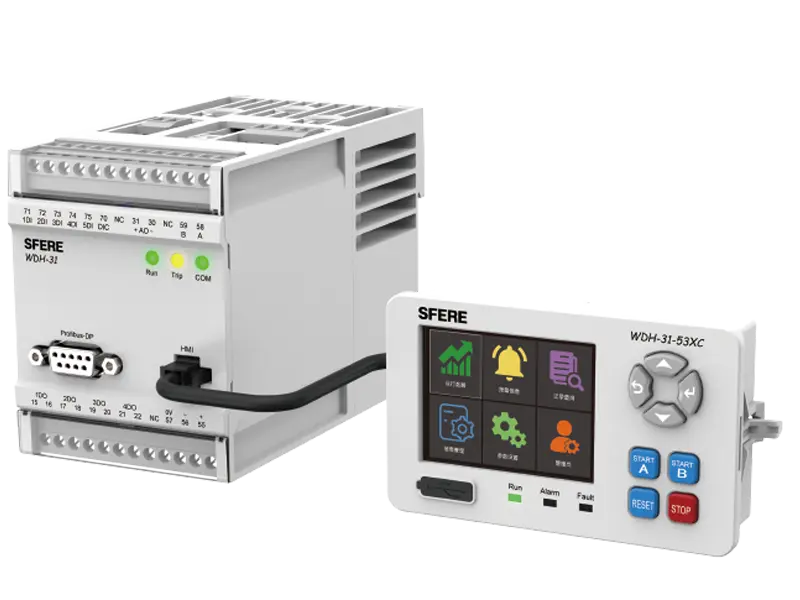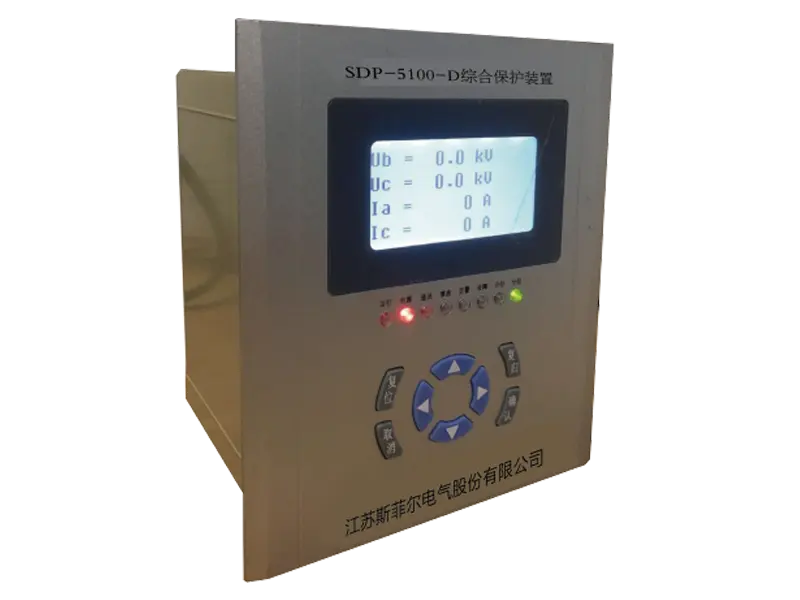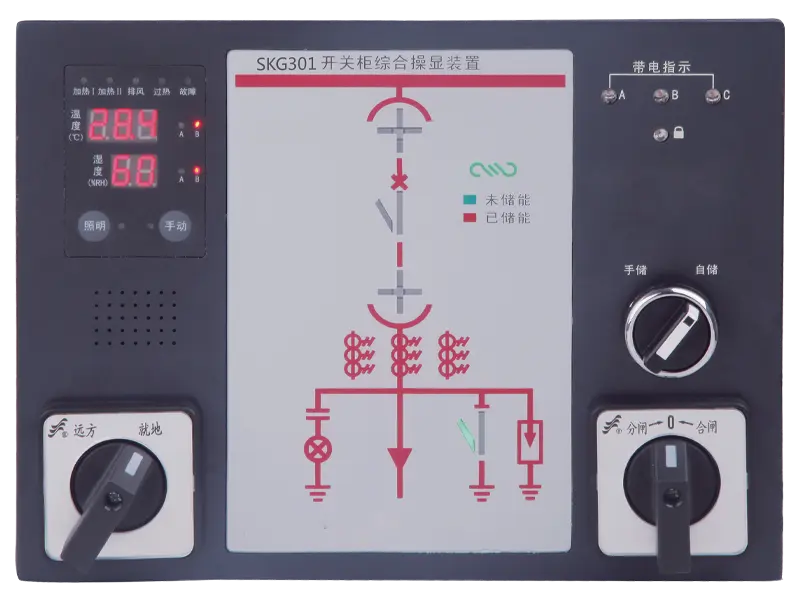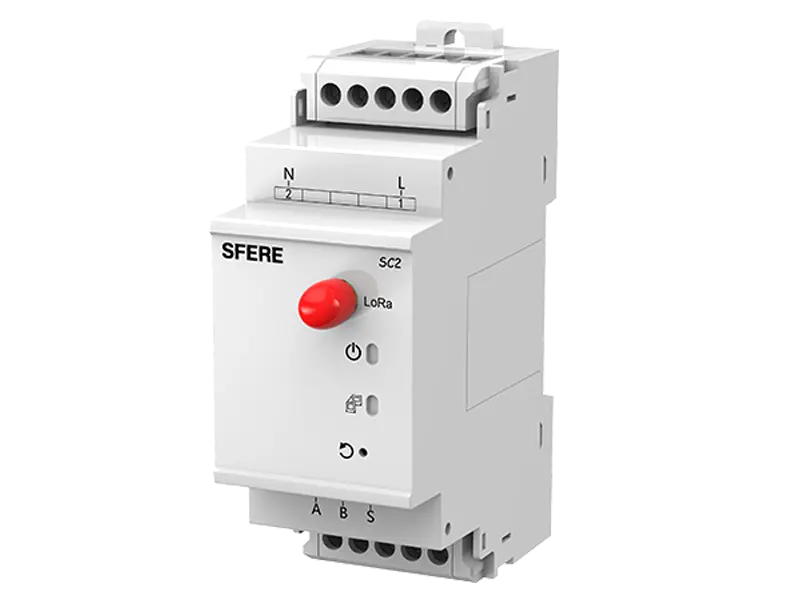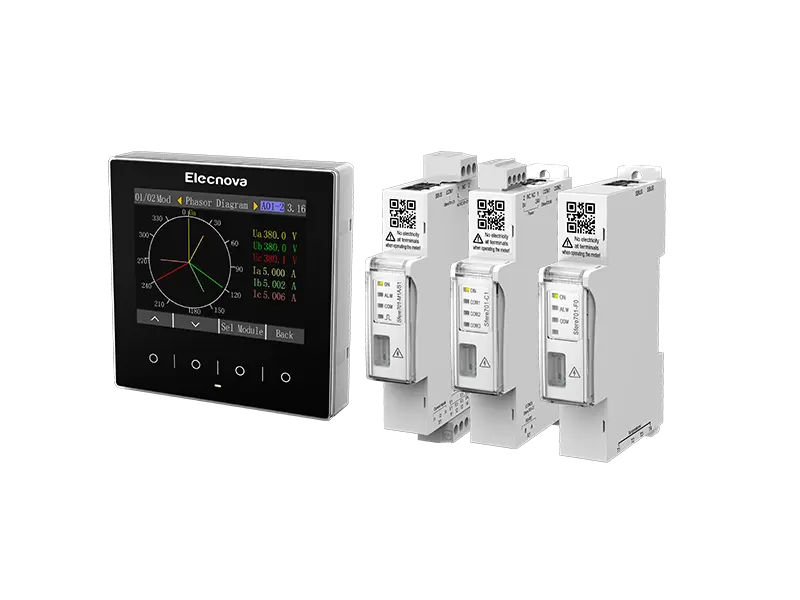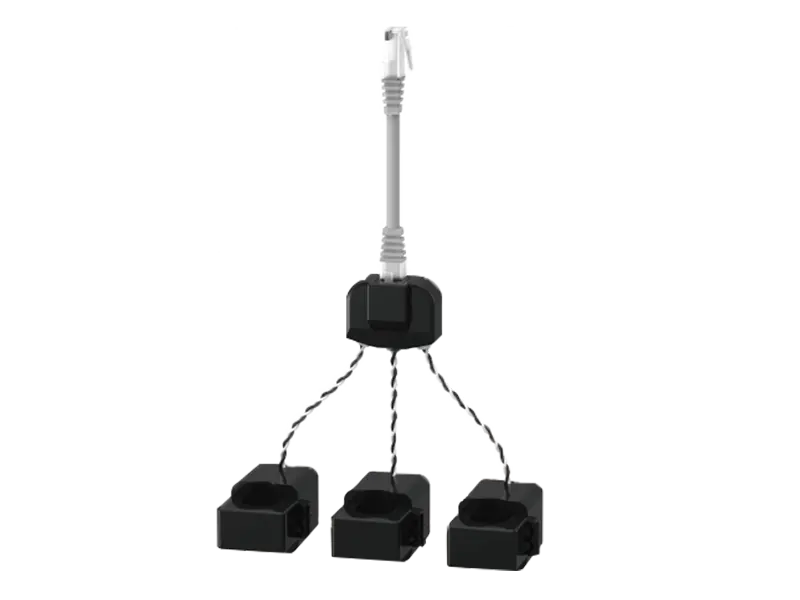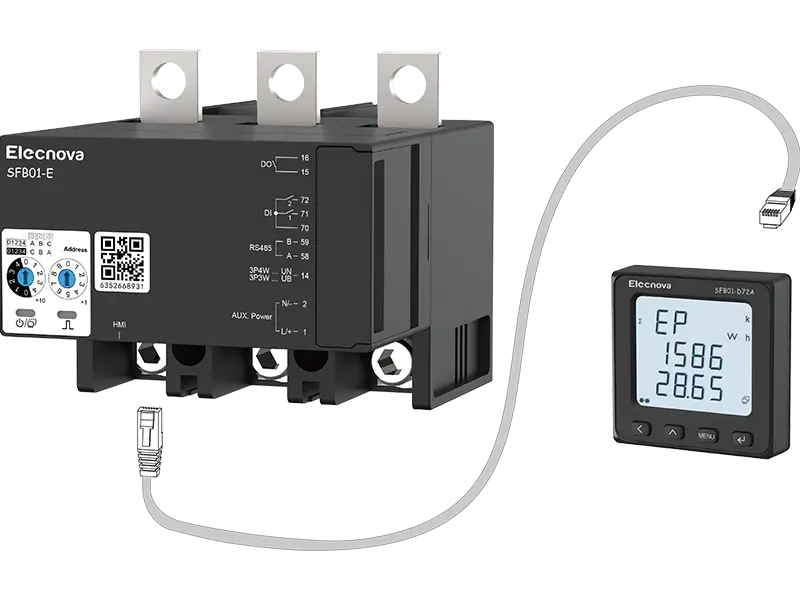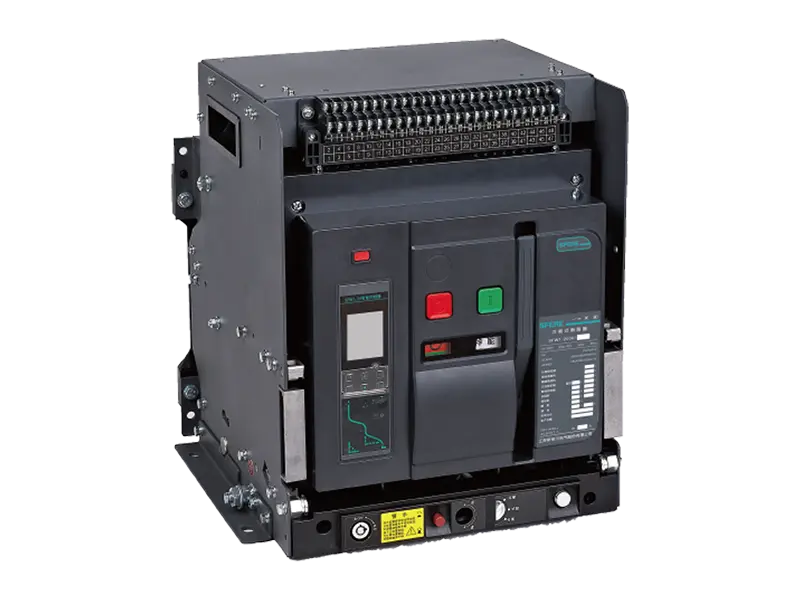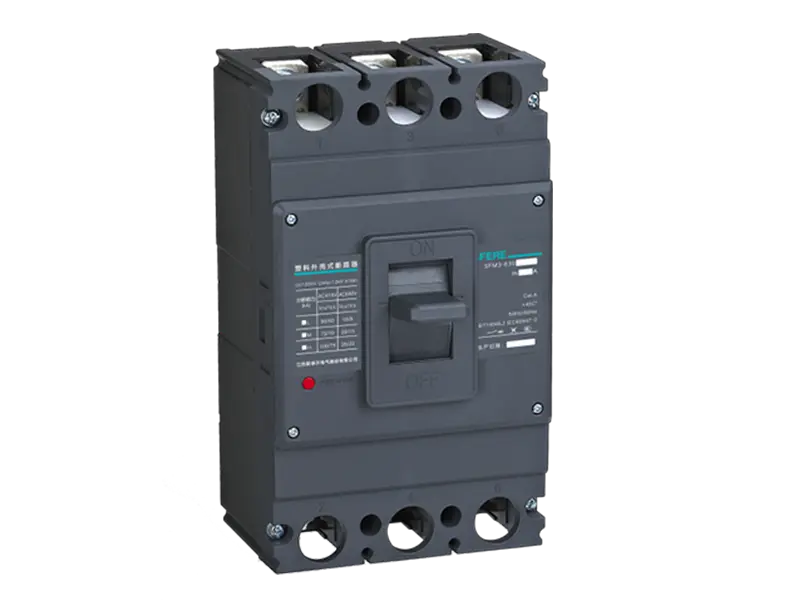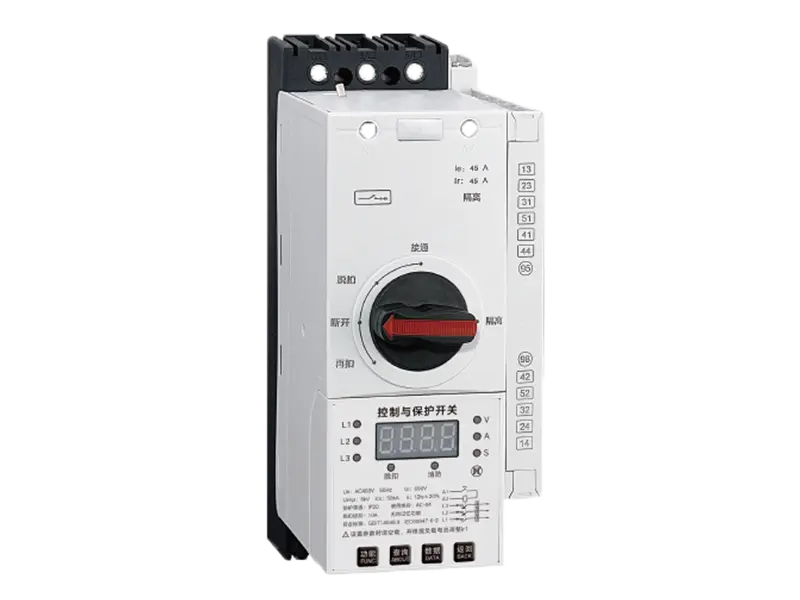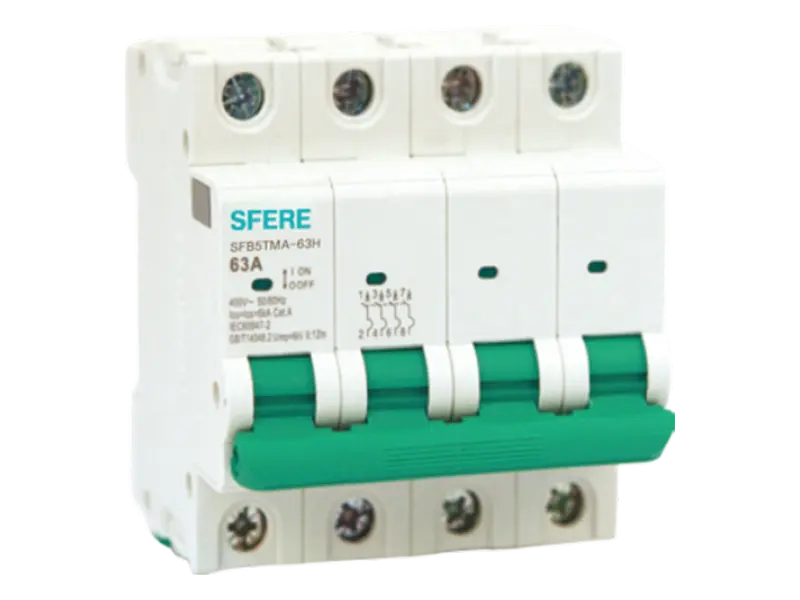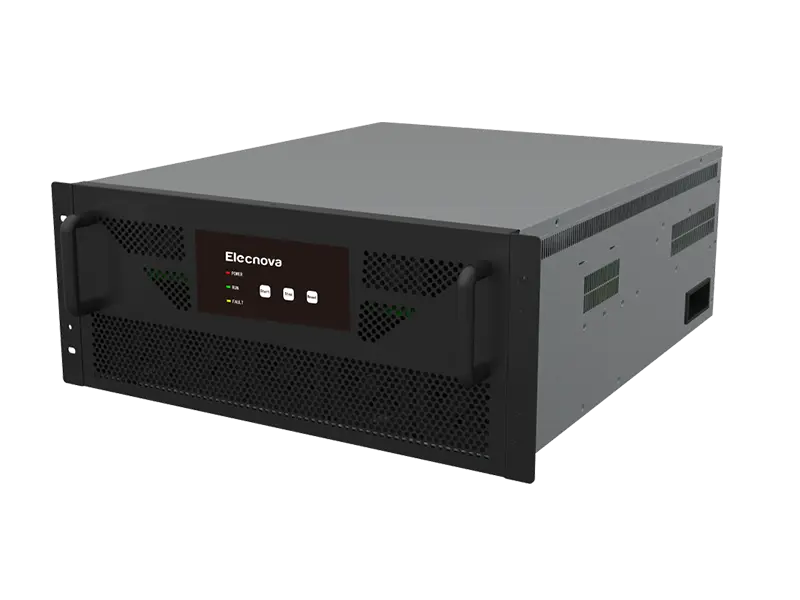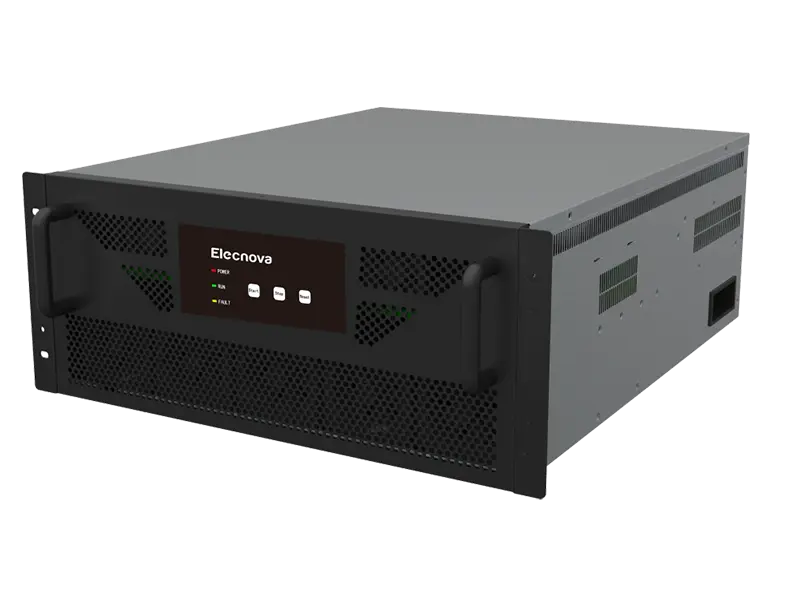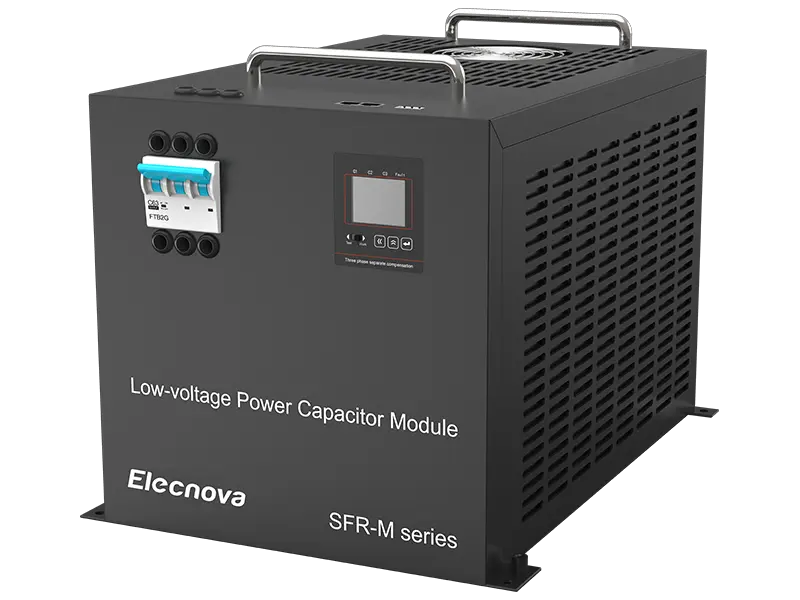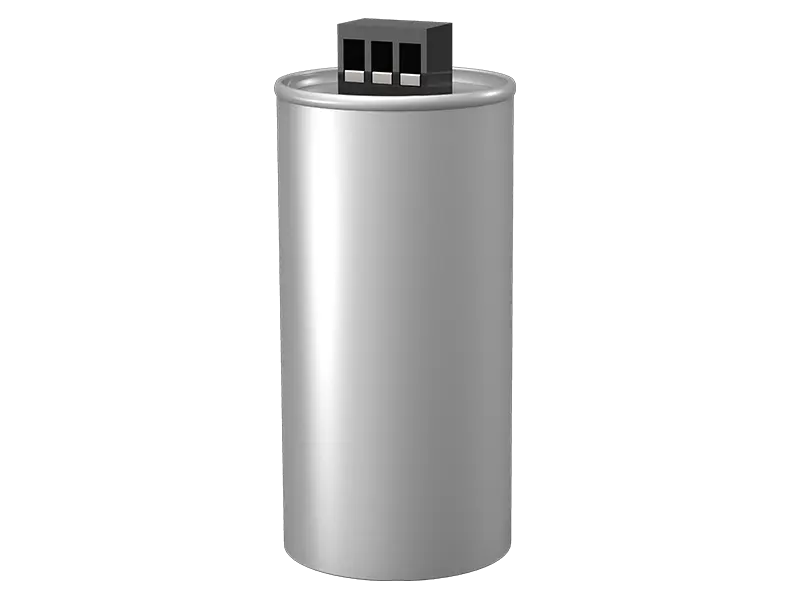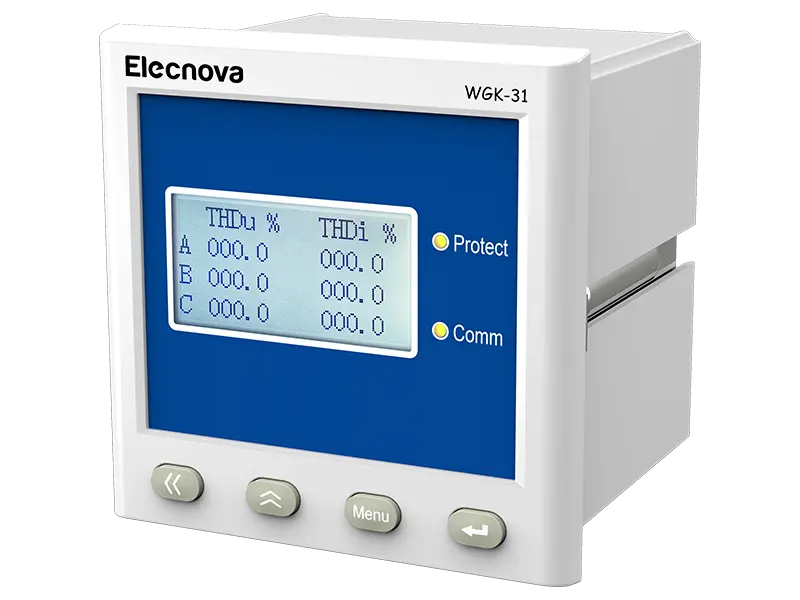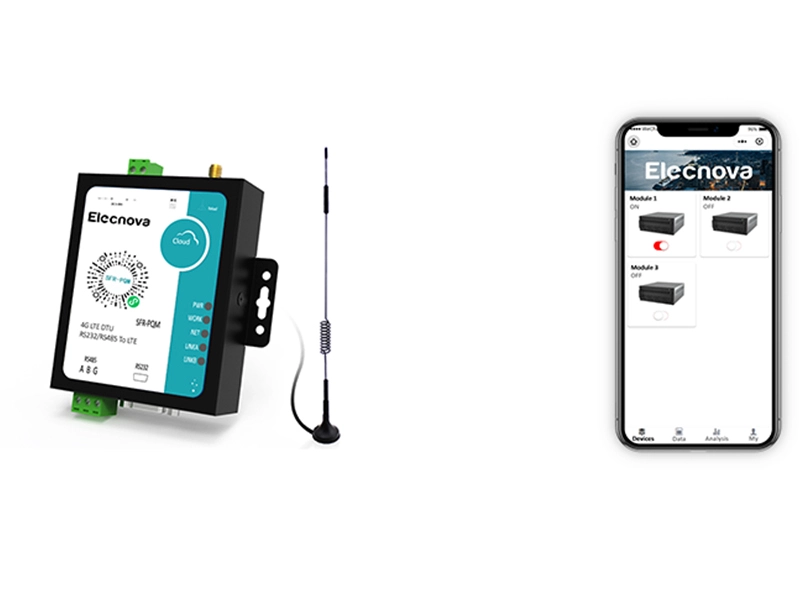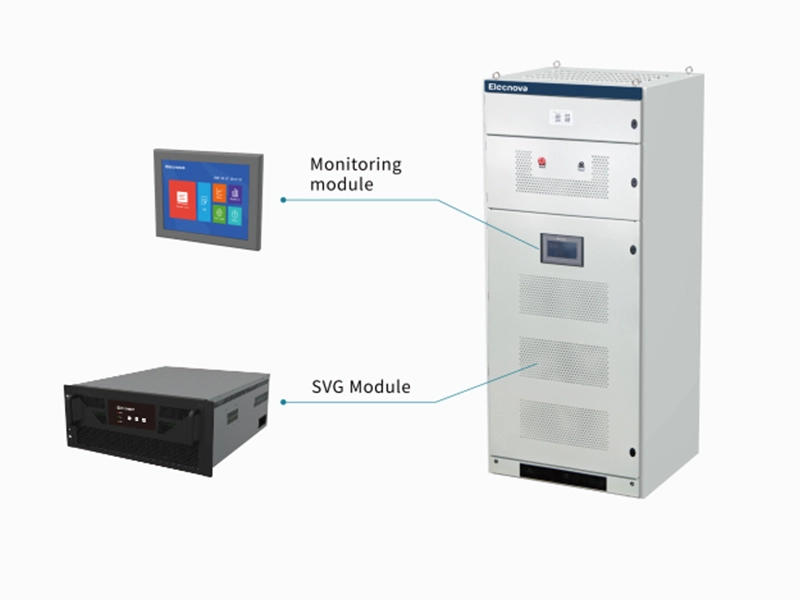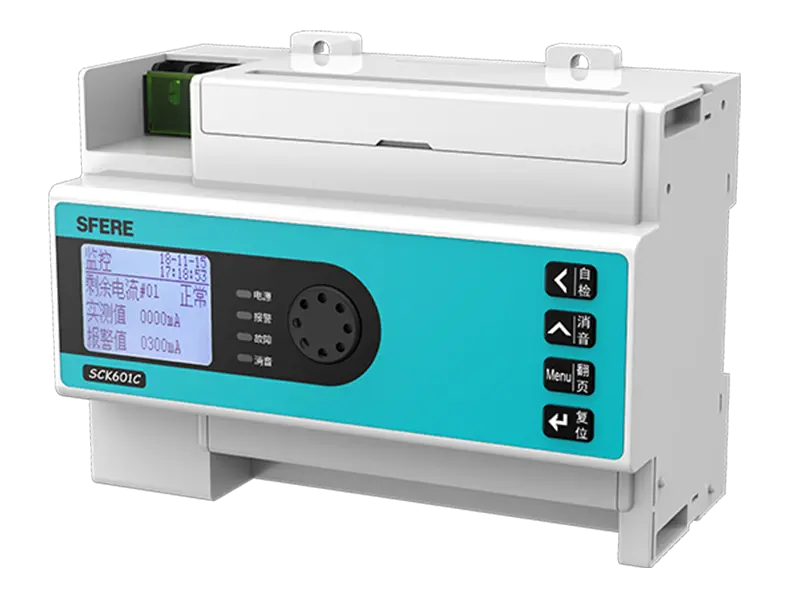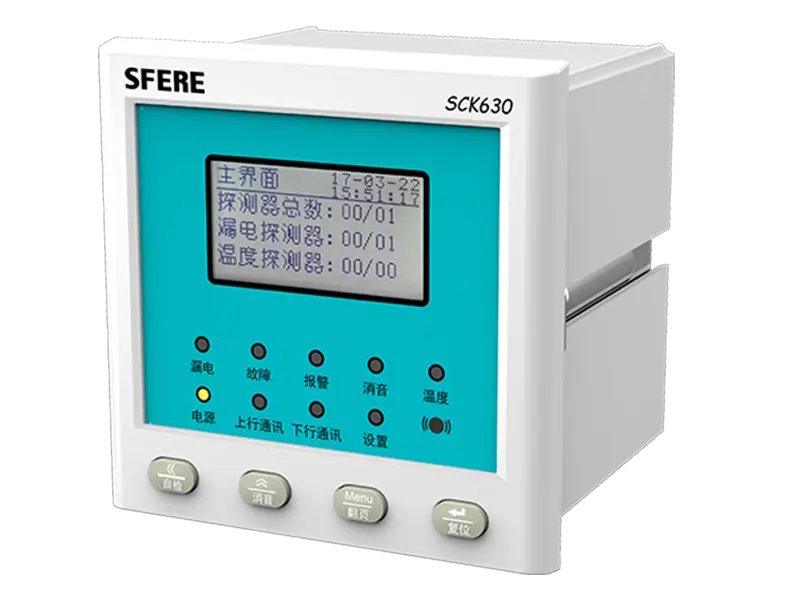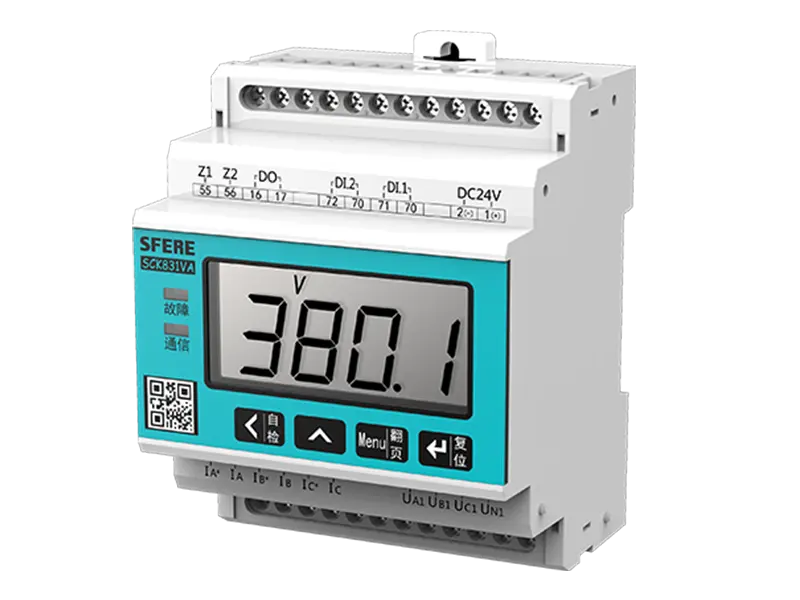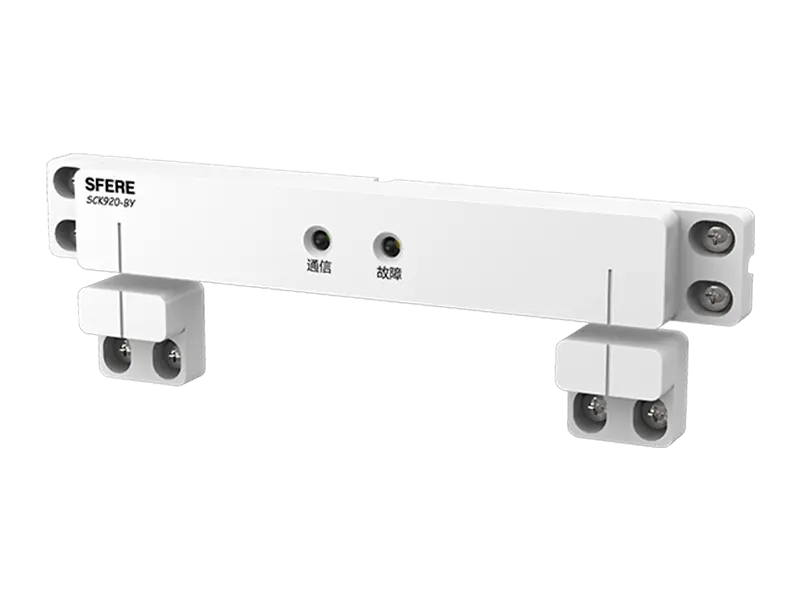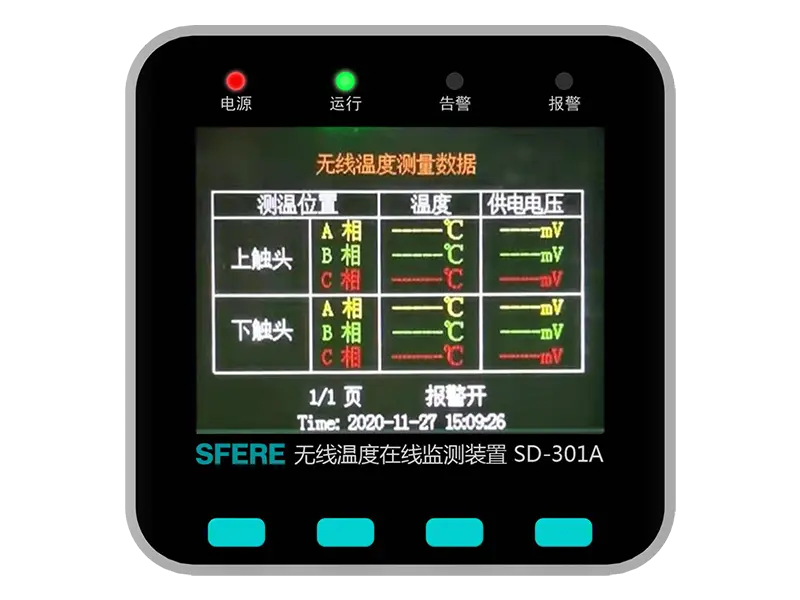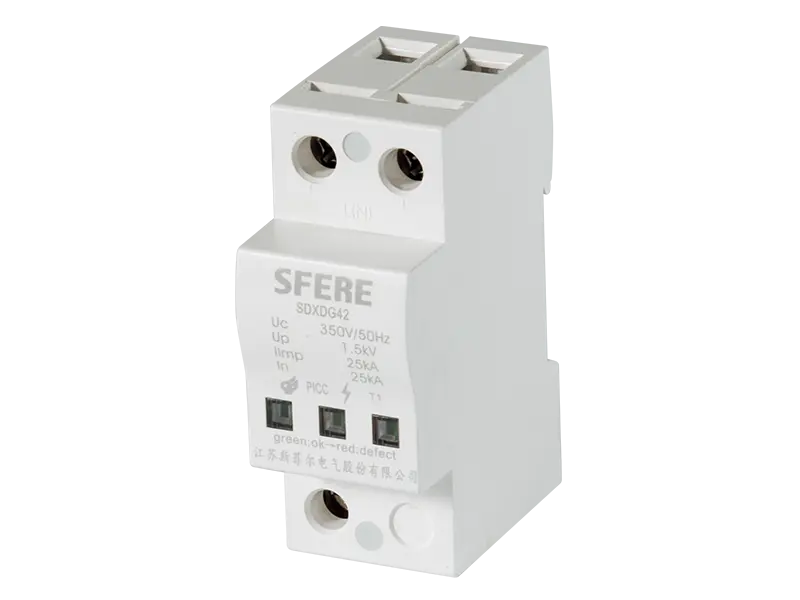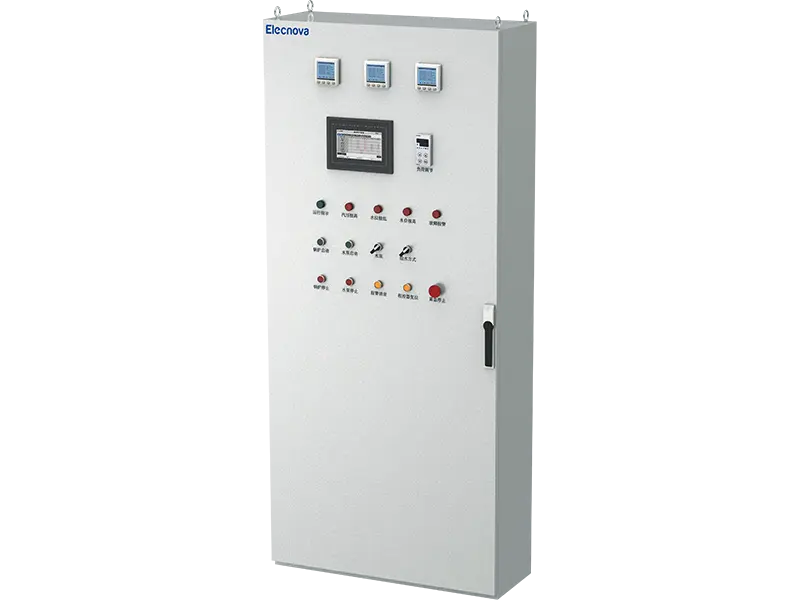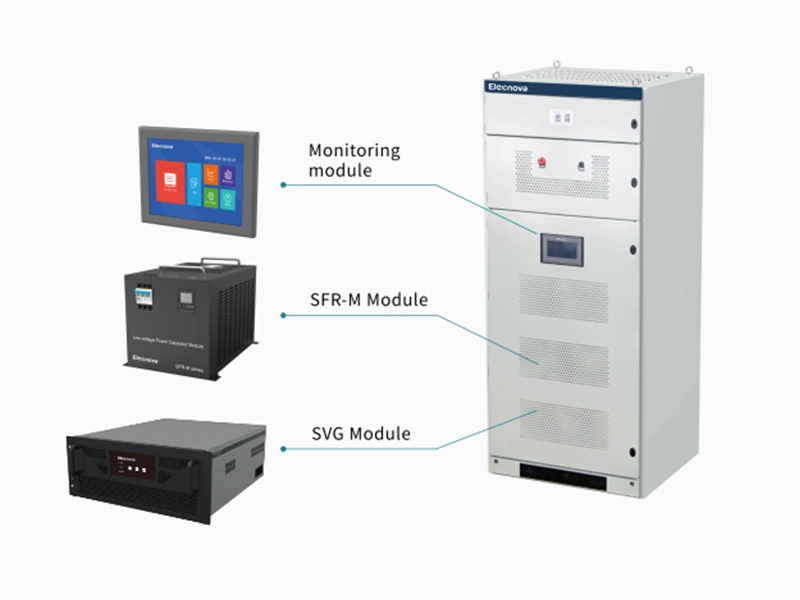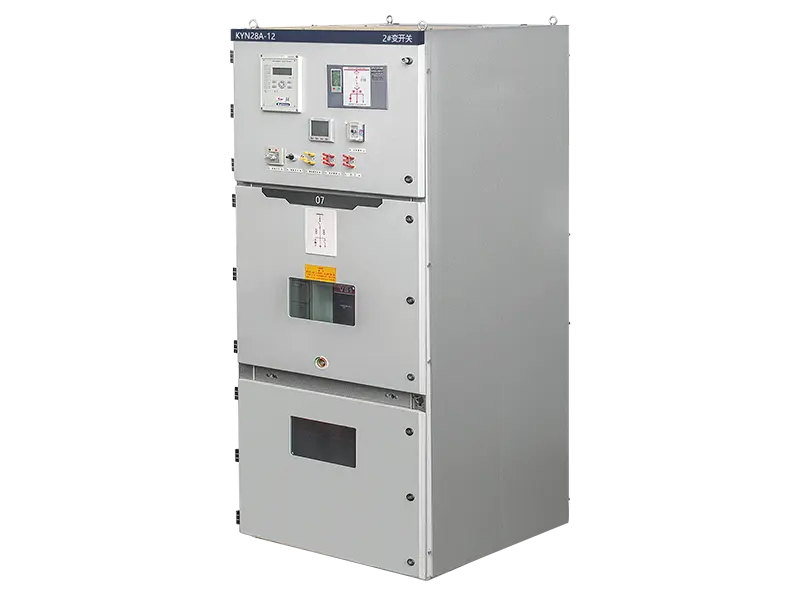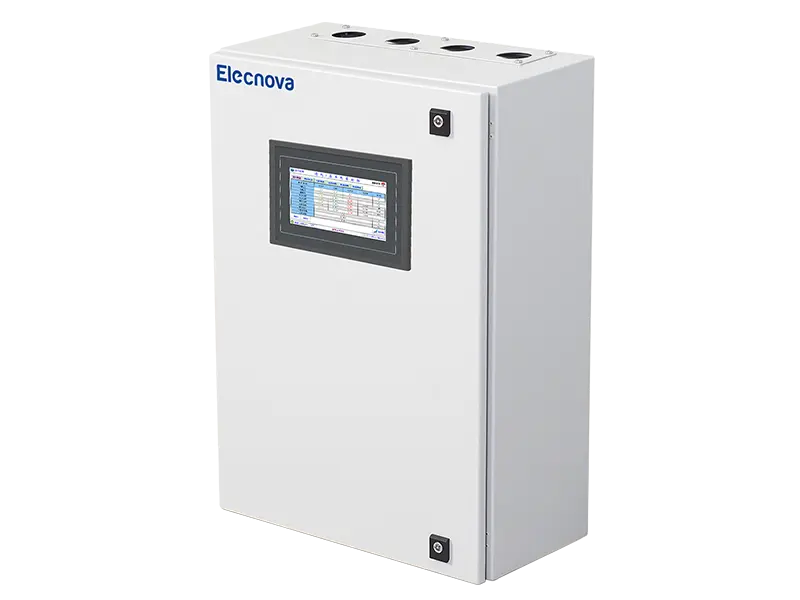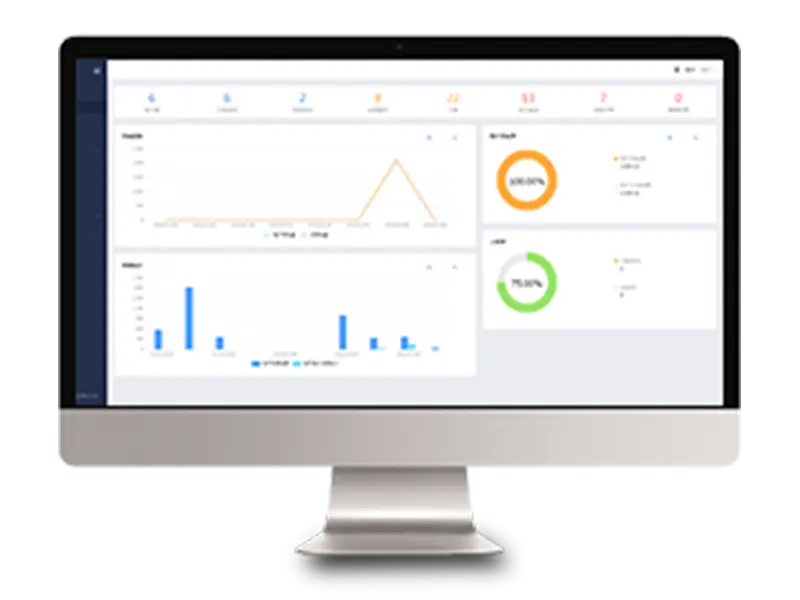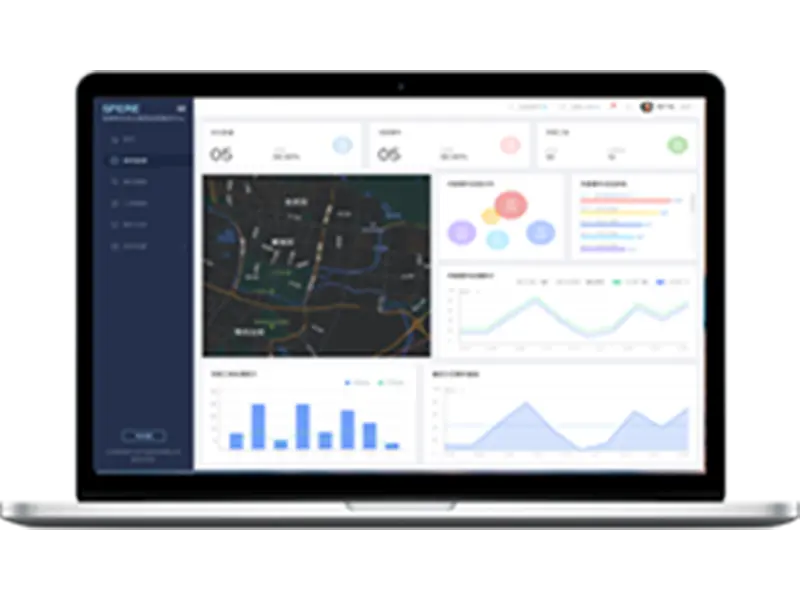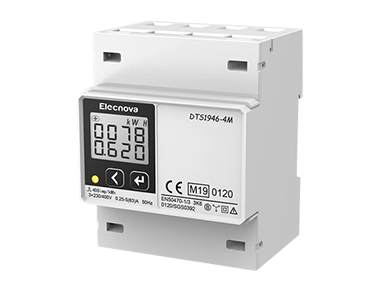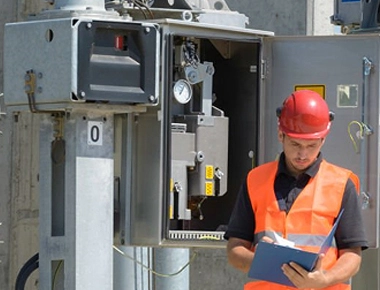The working principle of an Active Harmonic Filter (AHF) involves detecting harmonic currents or voltages in the electrical system and injecting equal and opposite harmonic currents or voltages to cancel them out, thereby mitigating harmonic distortion and improving power quality. Here's a step-by-step explanation of how an Active Harmonic Filter works:
Harmonic Detection: The Active Harmonic Filter continuously monitors the electrical signals (current or voltage) in the system using sensors or current transformers. It analyzes the signals to identify the presence of harmonic components at frequencies that are integer multiples of the fundamental frequency (e.g., 50 Hz or 60 Hz).
Reference Generation: Based on the detected harmonic components, the Active Harmonic Filter generates reference signals representing the harmonic currents or voltages that need to be injected into the system to cancel out the unwanted harmonics. The reference signals are typically generated using control algorithms implemented in digital signal processors (DSPs) or microcontrollers.
Current or Voltage Injection: The Active Harmonic Filter uses power electronics, such as insulated gate bipolar transistors (IGBTs), to generate harmonic currents or voltages in real-time. These harmonic currents or voltages are injected into the electrical system in such a way that they have equal magnitude but opposite phase to the harmonic components present in the system.
Cancellation of Harmonics: The injected harmonic currents or voltages effectively cancel out the harmonic components present in the system, resulting in a reduction of harmonic distortion. By continuously adjusting the magnitude and phase of the injected currents or voltages based on the detected harmonics, the Active Harmonic Filter ensures accurate and dynamic cancellation of harmonics over a wide range of operating conditions.
Feedback Control: The Active Harmonic Filter employs closed-loop feedback control to continuously monitor the performance of the harmonic cancellation process and make real-time adjustments as needed. Feedback signals from the system, such as voltage or current measurements, are used to adjust the reference signals and optimize the filter's operation for maximum effectiveness.
Adaptive Control: Some Active Harmonic Filters employ adaptive control algorithms that can dynamically adjust filter parameters and response characteristics based on changing system conditions and load profiles. This adaptive control ensures optimal performance and efficient harmonic mitigation under varying operating conditions.
Overall, Active Harmonic Filters provide effective and dynamic mitigation of harmonic distortion in electrical systems by actively injecting harmonic currents or voltages to cancel out unwanted harmonics. By continuously monitoring the system and adapting to changing conditions, these filters help improve power quality and ensure the reliable operation of sensitive equipment in industrial, commercial, and utility applications.


